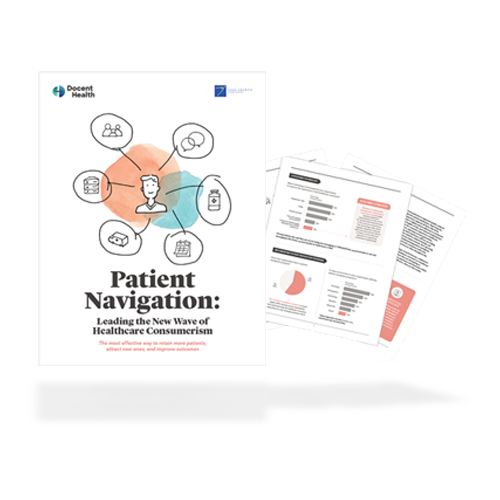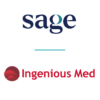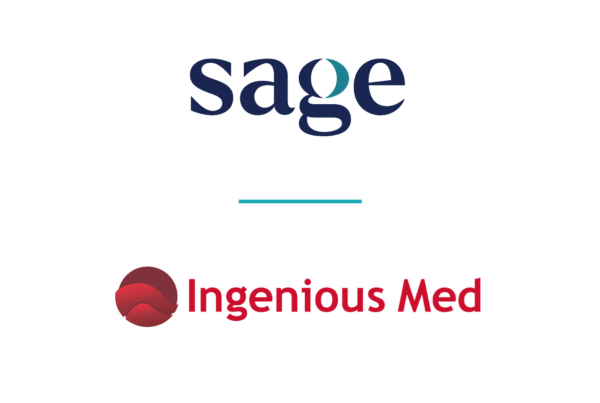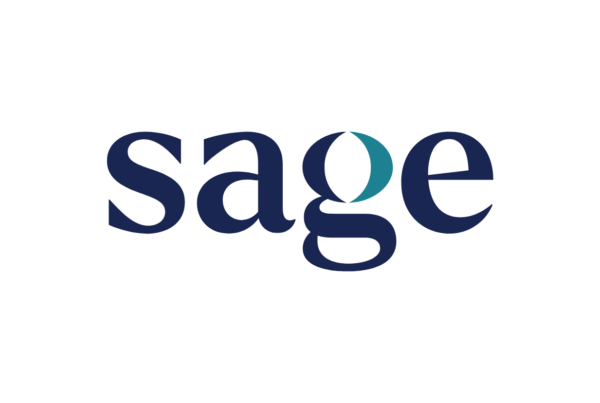New survey shows that patient navigation programs are helping health systems improve engagement, outcomes, and retention during the new wave of healthcare consumerism
Baltimore, M.D. – July 10, 2019 – Sage Growth Partners (SGP), a Baltimore-based healthcare research, strategy, and marketing firm, today announced new survey findings related to the strategies healthcare leaders are using to improve the healthcare consumer experience. The survey of hospital C-suite executives,* commissioned by Docent Health, a healthcare experience and patient navigation company, also explored which strategies are most effective.
Access the full report here. Key findings include:
THE HEALTHCARE CONSUMER EXPERIENCE IS A GROWING PRIORITY FOR HEALTHCARE EXECUTIVES
- Sixty-nine percent of respondents said improving the healthcare consumer experience is their organization’s first or second top strategic priority in 2019.
- Respondents from highly competitive markets were more likely to say it is a top priority (55 percent).
- Only 2 percent of respondents in highly competitive markets said it isn’t among their top four priorities.
COMMON IMPROVEMENT INITIATIVES INCLUDE STAFFING CHANGES, TECHNOLOGY, AND PATIENT NAVIGATION
- To improve the consumer experience, organizations are using an array of technology, including telephone calls (93 percent), EHRs (90 percent), patient portals (83 percent)
- Only 35 percent report using a centralized customer relationship management (CRM) platform, and only 39 percent report using text messaging.
- Seventy percent say they have implemented additional staff and physician training to help them better interact with patients.
- Thirty-two percent have a dedicated C-suite executive (such as a chief experience officer) whose sole role is improving the healthcare consumer experience.
- Patient navigation programs are used by more than half of respondents (57 percent). This is much higher among those who said the healthcare consumer experience is a top 2019 strategic priority (69 percent).
RESPONDENTS REPORT SIGNIFICANT BENEFITS FROM NAVIGATION PROGRAMS
- The top benefits of these programs include improved quality outcomes (67 percent of respondents cited this benefit), improved patient engagement (67 percent), improved patient adherence to care plans (65 percent), and improved patient retention (54 percent).
- The top three service lines in which respondents are using patient navigation programs are oncology (68 percent), orthopedics (53 percent), and cardiology (42 percent).
- Though 43 percent of respondents do not yet have a patient engagement program, a third of those (33 percent) plan to implement one in the next one to two years.
- The top ranked reasons why organizations are considering a patient navigation program include to improve patient engagement (No. 1), improve patient adherence to care plans (No. 2), reduce unnecessary utilization – readmissions (No. 3), and improve patient retention (No. 4).
HIGH-VALUE NAVIGATION PROGRAMS ARE USING NONCLINICAL NAVIGATORS, AND ARE INVESTING IN SCALABILITY AND TECHNOLOGY
- Eighty-one percent of respondents with patient navigation programs said most of their navigators have clinical backgrounds. However, the survey findings indicate nonclinical navigators are more effective. Of those who said most of their navigators were nonclinical, 91 percent reported improved patient engagement, vs. only 61 percent of those with mostly clinical navigators. This pattern was clear across other outcomes including patient retention and acquisition.
- Sixty percent said their patient navigation program is scalable across the enterprise; these respondents reported higher benefits across the board than the 40 percent who said their program is not scalable, including improved patient adherence to care plans (68 percent for those with scalable programs vs. 61 percent for those without) and improved patient engagement (68 percent vs. 65 percent).
- Relationship management technology is a key enabler; survey respondents who said they have a patient navigation program and also use a CRM (about 50 percent of those with navigation programs) reported more positive outcomes across the board, including improved patient retention (69 percent with CRM vs. 39 percent without) and reduced unnecessary utilization – ED visits (52 percent vs. 46 percent).
“Across the industry, provider organizations are seeing that in order to remain competitive, they need to deliver more patient-centered experiences to their consumers,” said Paul Roscoe, Docent Health’s CEO. “While the survey findings show that most respondents recognize how critical this is, it was surprising to see that a significant portion haven’t taken programmatic action. Provider organizations will need to adopt enterprise-wide initiatives like patient navigation programs and relationship management technology in order to effectively support personalized outreach for consumers throughout the continuum of care. ”
*Methodology
Sage Growth Partners was commissioned by Docent Health to survey 100 healthcare C-suite executives from hospitals across the country in Q1 2019, including CEOs (22 percent), COOs (20 percent), CNOs (12 percent), chief quality officers (9 percent), and CMOs (7 percent). Respondents also included chief strategy officers, chief transformation officers, chief experience officers, and chief innovation officers. About half of respondents (54 percent) were from community hospitals; 20 percent were from short-term acute care settings. Other organization types included specialty hospitals, children’s hospitals, rehabilitation hospitals, and psychiatric hospitals. Sixty-four percent of respondents reported being in highly competitive markets, 33 percent were in moderately competitive markets, and 3 percent were in non-competitive markets.





